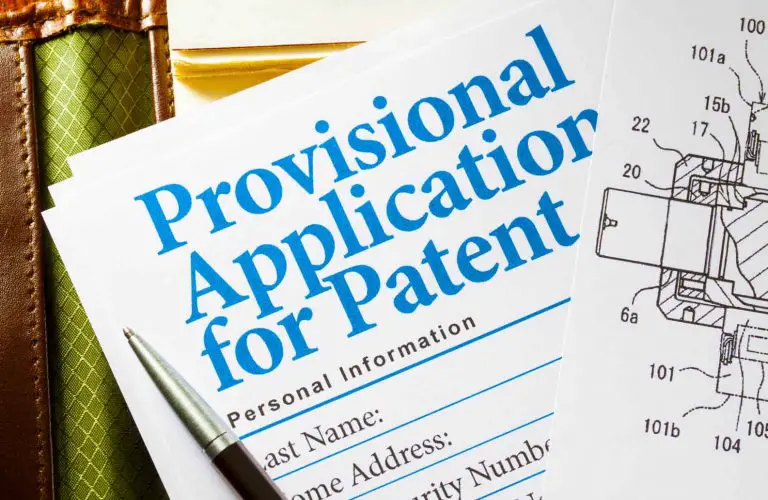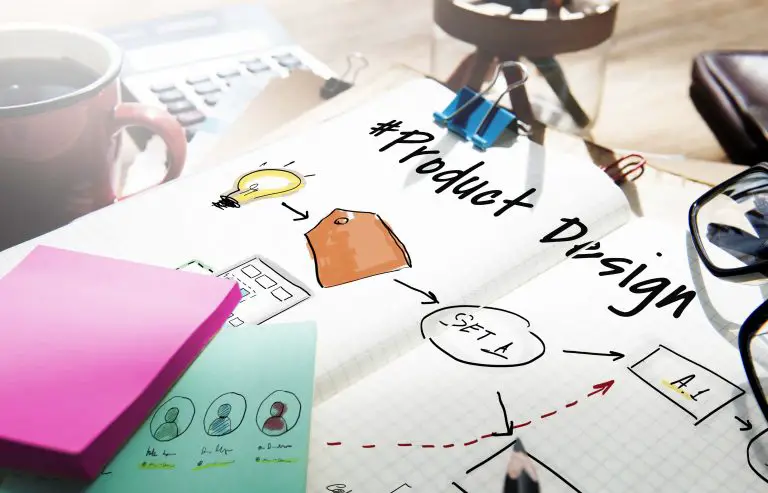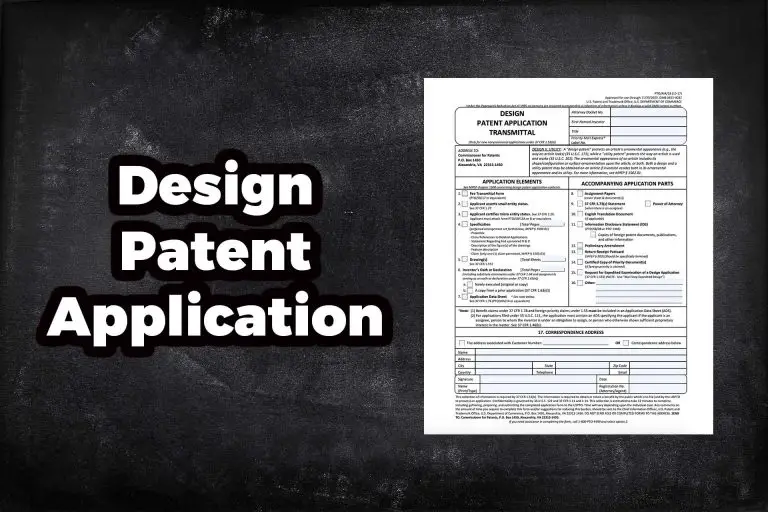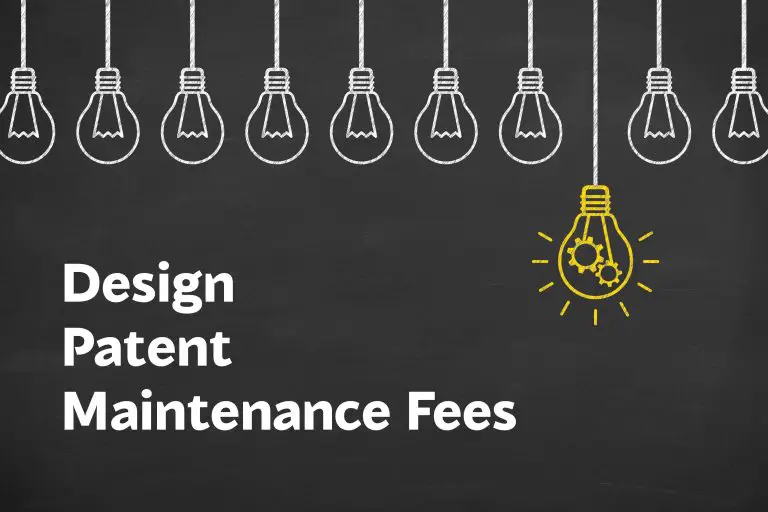Can You Patent an Idea For a Product?
The USPTO (The United States Patent and Trademark Office) offers inventors of new machines, processes, designs, and compositions of matters a monopoly over their invention for a limited period of time. The length of the monopoly depends on the type of patent that the inventor applies for. For example, utility patents last for 20 years whereas design patents last for 15 years. So, can you patent an idea for a product? And what type of patent do you need? We will answer these questions below.
Can You Patent an Idea For a Product?
The short answer is: no, you cannot patent an idea for a product, you must have something that’s more than just an idea. To patent your invention, you should, at a minimum, be able to explain how the invention works, as well as how the invention can be used. To get a design patent, an inventor must have a design that’s applied to an object. We will go into more detail about what can be patented below.
Utility Patents
To get a utility patent on a product, an inventor must have something that’s more than just an idea. An inventor does not necessarily have to have a working prototype, but the invent must be able to explain how to make the product, as well as explain how it works.
Utility patents are the most commonly applied for patent at the patent office, making up more than 90% of applied for patents. So, if you have a functional product, the best option is to apply for a utility patent to protect it from being copied by others.
A utility patent offers inventors a limited monopoly over their invention, allowing them to stop others from using, making, selling, and offering the patented product for a limited period of time. Utility patents offer 20 years of protection that starts from the day the applicant files his utility patent application at the patent office.
To obtain a utility patent, the inventor has to prove a few things. Among the things that an inventor has to show to obtain a utility is that the invention has a patentable subject matter, the invention is novel (new), the invention is nonobvious, and the invention is useful. If an applicant can show these four things, the applicant might be able to obtain a utility patent.
1) Patentable Subject Matter
To be able to patent your product, the product must have patentable subject matter. Said differently, the product you want to patent be something that the patent office offers a patent for. The patent office allows inventors to patent things such as machines, processes, compositions of matter, and products that perform some useful function. Here are some examples of things that can be patented:
- Nail clippers
- Tools
- Computers
- Cosmetics
- Formulas
- Instruments
That said, once an applicant shows that his invention falls within patentable subject matter, he must still satisfy the following three elements.
2) The Product You Want to Patent Must Be Novel
To patent an invention, the patent office requires the invention or product to be novel, that is, the patent office requires an invention to be 100% new, something that no one else has ever patented and has never been publicly disclosed. For an invention to be new, the inventor must have never sold the invention, offered it for sale, or publicly disclosed it.
If an inventor has publicly disclosed his invention, the patent office offers a 12 month grace period in which the inventor must file either a provisional or nonprovisional (regular) utility patent application. If more than 12 months have passed since the public disclosure of the invention, the patent office will not allow the inventor to patent his invention.
To determine whether an invention is new, applicants typically conduct a patent office database search to see if someone else has patented an invention that’s similar to theirs. Conducting a simple google search, in addition to a patent database search, can be a good way to see if someone else has publicly disclosed the invention that an applicant wants to patent.
3) The Product You Want to Patent Must Be Nonobvious
After determining that an invention is new, an applicant has to show that his invention is nonobvious. Said differently, the applicant will have to show that an ordinary person familiar with the field of your product or invention will not consider your invention to be obvious at the time an inventor files his patent application.
The obviousness inquiry is a subjective one that the patent examiner performs. If the patent examiner concludes that your invention is obvious, he might reject your patent application, on the other hand, if he finds that your invention is not obvious, he will continue his examination of your patent application.
If your invention solves a problem that no one else has solved before, this will support a finding that your invention is not obvious because no one else has solved the problem. The more different your product is from anything that publicly exists, the more likely the patent examiner will consider your invention to be nonobvious.
4) The Product You Want to Patent is Useful
To patent a product, the patent office requires the product to be useful. Said differently, the product has to provide some identifiable benefit. Utility patent applications are rarely rejected on the grounds that they are not useful. However, is still important to remember to include a thorough and broad description of your invention.
For example, if you’re patenting a new type of superior brake pads for cars, the useful purpose might, for example, be that they help cars stop faster in order to avoid accidents. This example will assist the patent examiner in making a positive determination that your invention or product is indeed useful and should, therefore, qualify for a patent.
5) Preparing and Filing Your Utility Patent Application
If you can satisfy the elements that we just listed, you can contact a patent attorney to prepare and file a utility patent application for your invention. Attorneys are best suited to advise you on whether to proceed with patenting your invention or product. Every case is fact-specific, so contacting an attorney is the best way to start the process of patenting your invention.
We understand that not everyone has the money to hire an attorney, but the good news is that you aren’t required by the patent office to hire one to patent your invention. You have the option of hiring a patent agent, who are individuals licensed by the patent office to assist inventors in preparing and filing their patent application, as well as dealing with the patent office to get an invention patented.
Design Patents
In addition to obtaining a utility patent, your product may also qualify for a design patent. Design patents allow inventors to patent a product that has a new and unique appearance or aesthetic. Design patents allow inventors to stop others from using, making, and selling a product that has a similar design to the one that you’ve patented.
To get a design patent, an inventor of a design will have to show that his design is unique and no one else has ever patented the same design. Design patents are much easier to obtain than utility patent and they’re also cheaper to obtain. That said, utility patents offer way more protection than design patents.
Like with utility patents, to patent a design, no one else must have patented the design that you invented. An applicant should perform a patent search to see if someone else has patented a design that the same as or similar to the one that they want to patent. If no else has patented the design, the applicant can proceed to prepare and file their design patent application.
As part of a design patent application, an inventor will have to include drawings of the design, the drawings must follow the rules that the patent office has set forth for patent drawings. These rules include creating drawings using black ink on white paper. An applicant should include multiple drawings of the entire design from different angles and sides.
Also, it’s important to note that you can only patent one design per design patent application. If you submit multiple designs in the same application, the patent office will force you to choose one of the designs to proceed with. So, if you want to patent your design, your best option is to contact an attorney and ask them to assist you with the application.
The patent office has a lot of rules regarding how the application should be prepared, as well as standards for the drawings that must be followed. Making even seemingly minor mistakes can get your application rejected, costing you more money down the road to amend the application.
Patenting an Idea for a Product
By now, you should be aware that the patent office does not allow inventors to patent a mere idea. To get a patent, you must be able to explain to the patent office how to make the invention, as well as how the invention can be used. Inventors can obtain a utility patent for their invention, as well as a design patent if their invention has a new and unique design.
Having both types of intellectual property protection on your invention makes your invention or product more valuable. So, if you have an invention that has the potential for success, ask your attorney if you should apply for both a utility patent, as well as a design patent. If you have any general questions or comments, please feel free to leave them in the comments section below.








